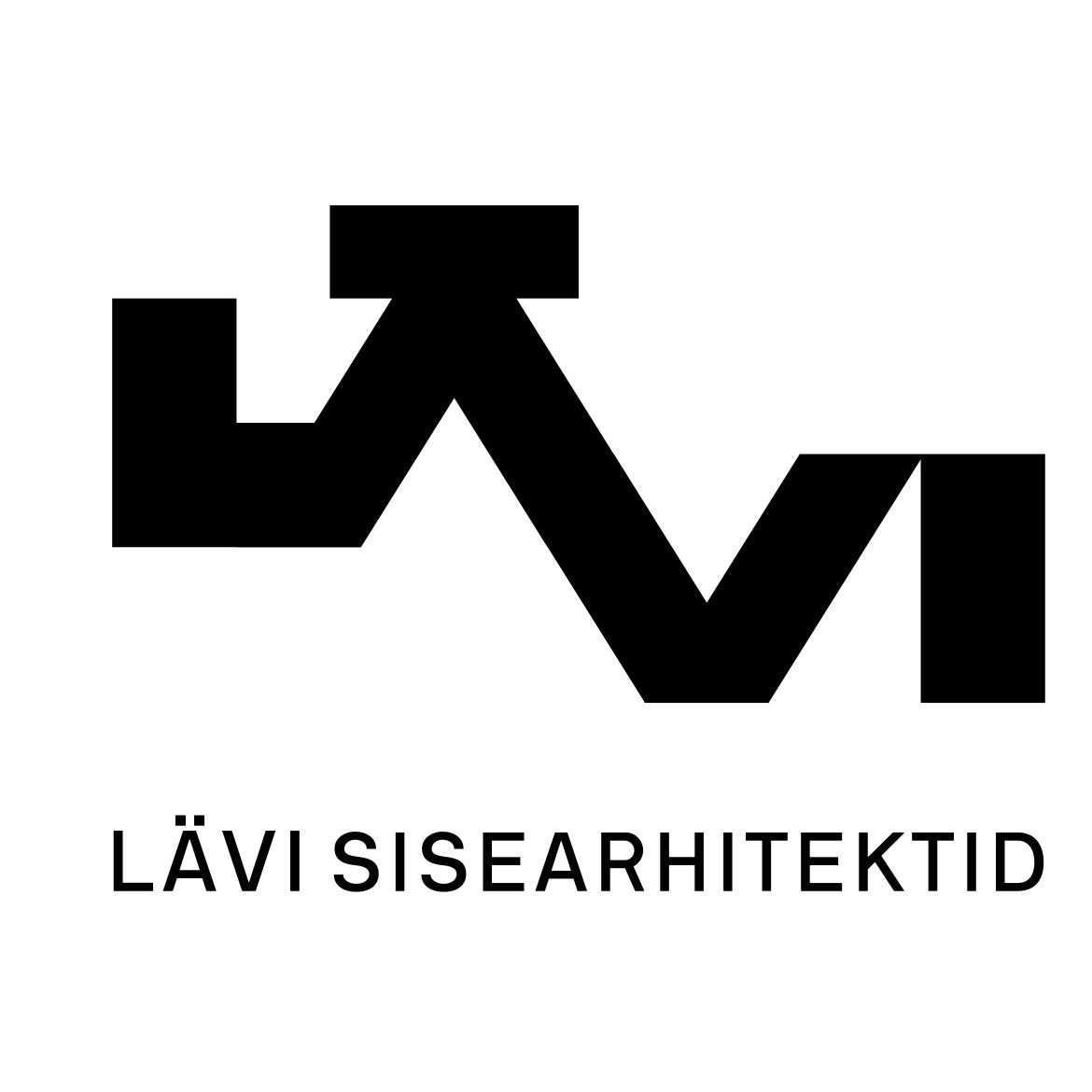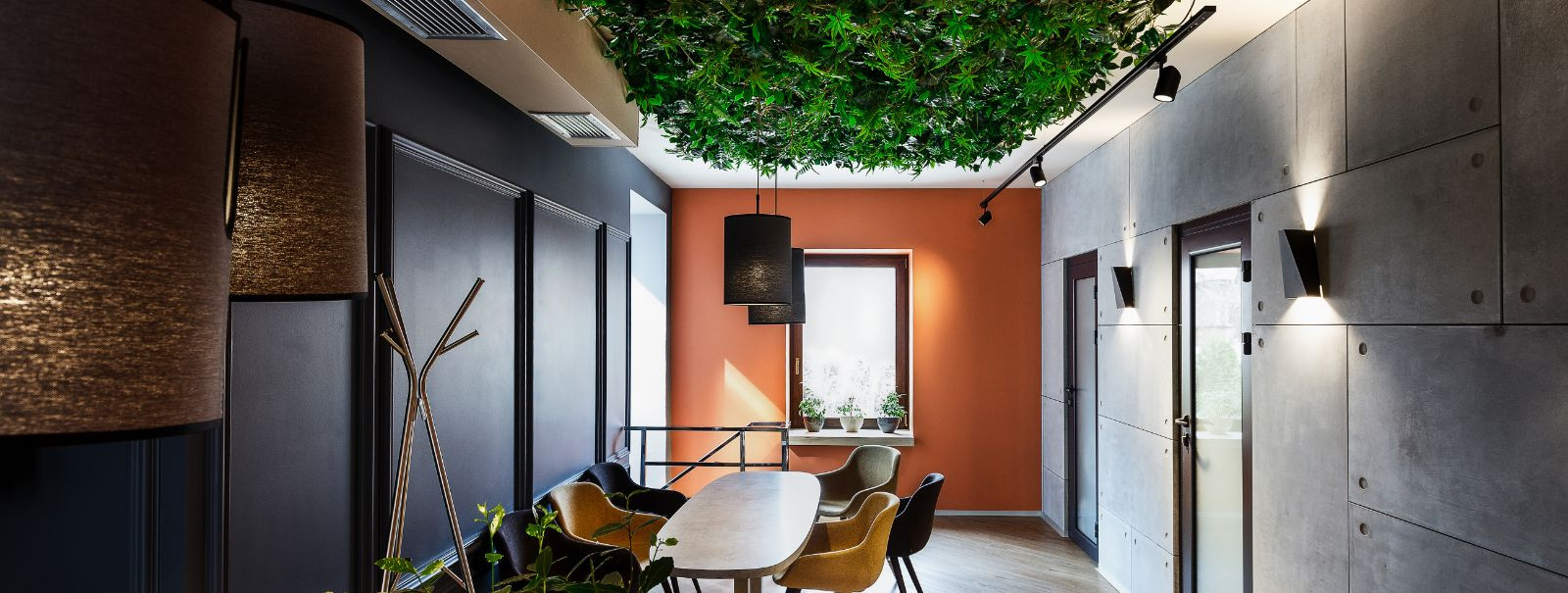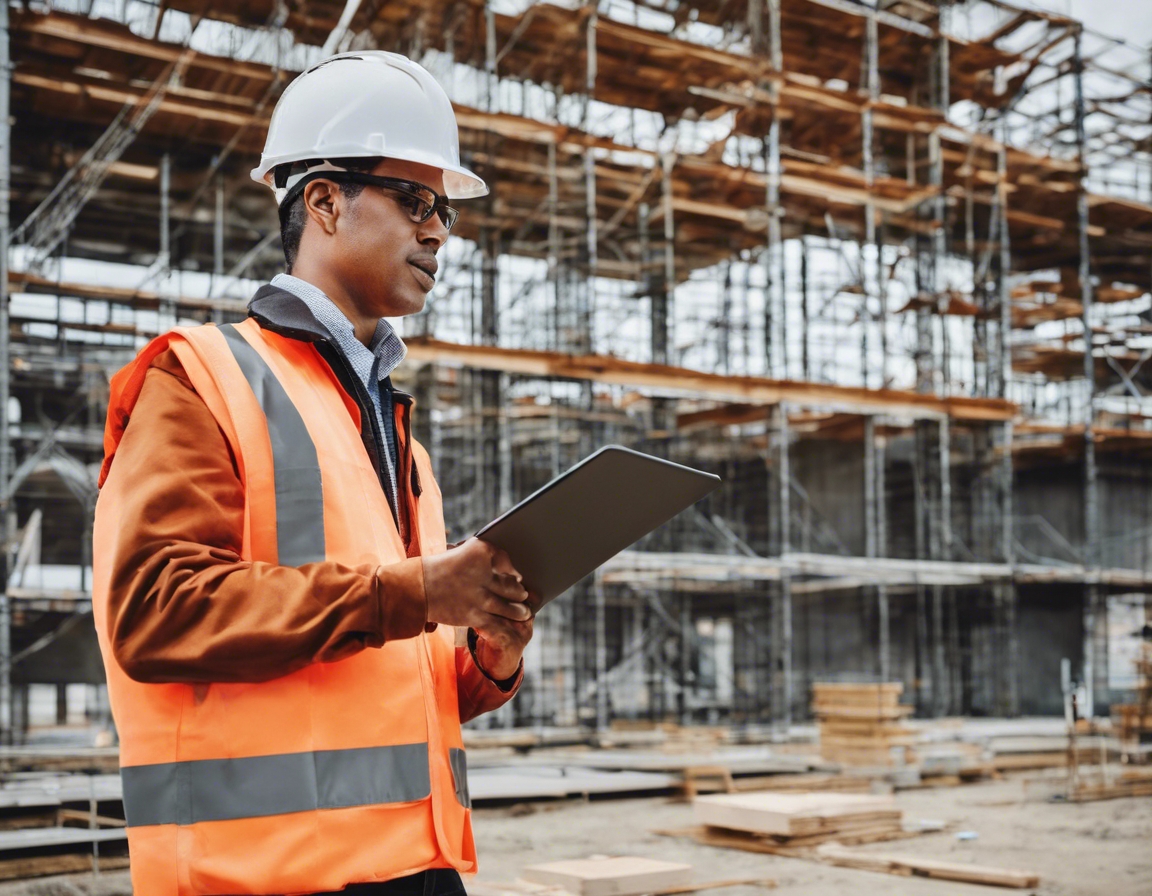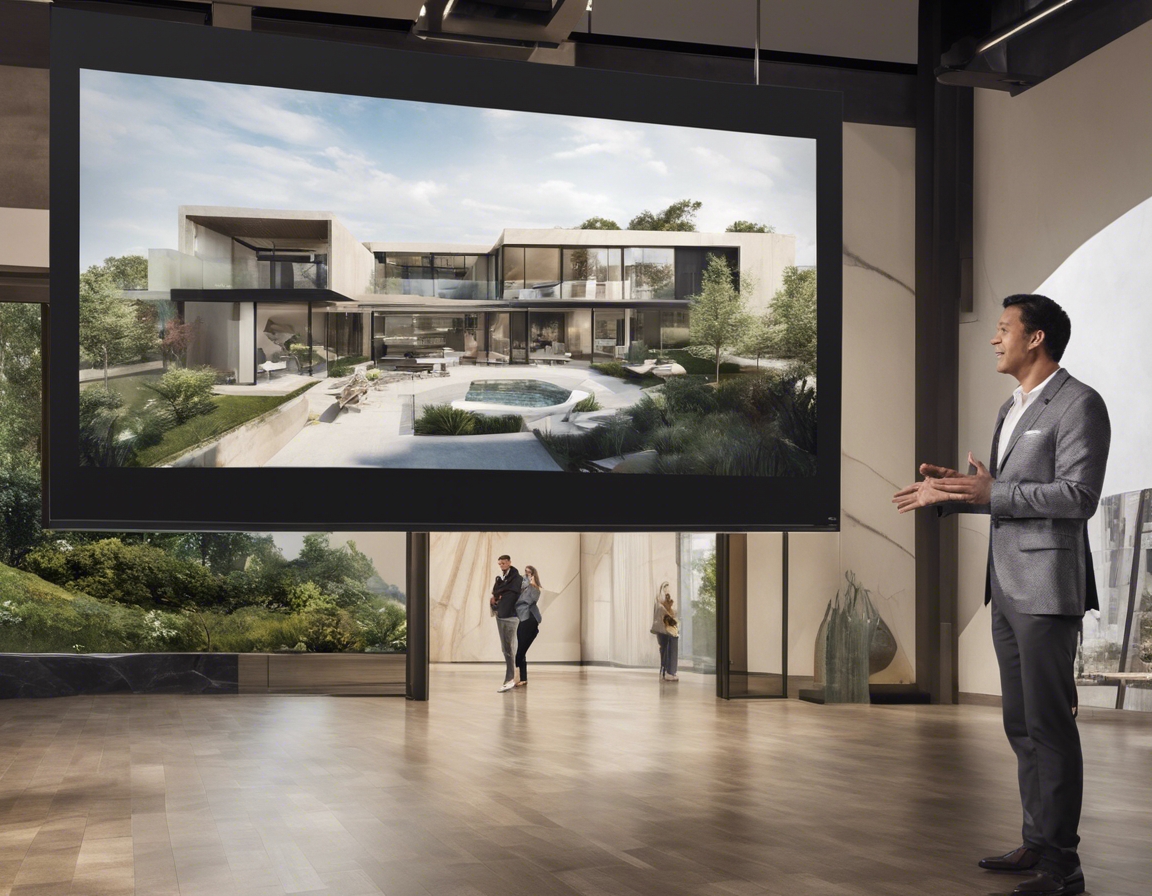5 trends shaping the future of public space design
The design of public spaces is evolving rapidly, influenced by a variety of trends that address environmental, technological, and social changes. As we look to the future, these trends are shaping the way we think about the communal areas that bind our urban landscapes together. In this post, we'll explore five key trends that are set to define the future of public space design.
1. Integration of Nature into Public Spaces
Biophilic design is an approach that seeks to connect building occupants more closely to nature. This trend involves incorporating elements such as natural lighting, vegetation, and natural materials into public spaces to improve mental health and well-being.
Urban green spaces are becoming an essential component of public space design. These areas not only provide aesthetic value but also contribute to biodiversity, help reduce urban heat islands, and offer a space for community engagement and recreation.
2. Technological Innovations
Technology is being integrated into public spaces through smart city initiatives. Features such as Wi-Fi hotspots, charging stations, and sensor-driven lighting are enhancing user experience and functionality.
Interactive installations that engage the public through technology are becoming more common. These can range from digital art displays to informational kiosks, adding a dynamic layer to the user experience.
3. Flexibility and Multi-Use Spaces
Adaptive design strategies allow public spaces to serve multiple purposes and change functions as needed. This flexibility is crucial for accommodating a variety of events and activities.
Modular and movable elements are being incorporated into public spaces to allow for quick reconfiguration. This adaptability supports a wide range of uses and can cater to different groups and events with minimal effort.
4. Community-Centric Design
Participatory design processes involve the community in the design and planning stages. This approach ensures that the space meets the needs and desires of those who will use it most.
Designing inclusive spaces that cater to a diverse range of users is becoming a priority. This includes considering various age groups, abilities, and cultural backgrounds to create spaces that are welcoming and accessible to all.
5. Sustainability and Resilience
Using eco-friendly materials and practices in public space design is not just a trend, but a necessity. This includes the use of sustainable materials, energy-efficient designs, and low-impact construction methods.
Designing for climate adaptation involves creating public spaces that can withstand and respond to changing climate conditions. This includes considering factors such as rising sea levels, increased precipitation, and extreme temperatures.






Comments (0)